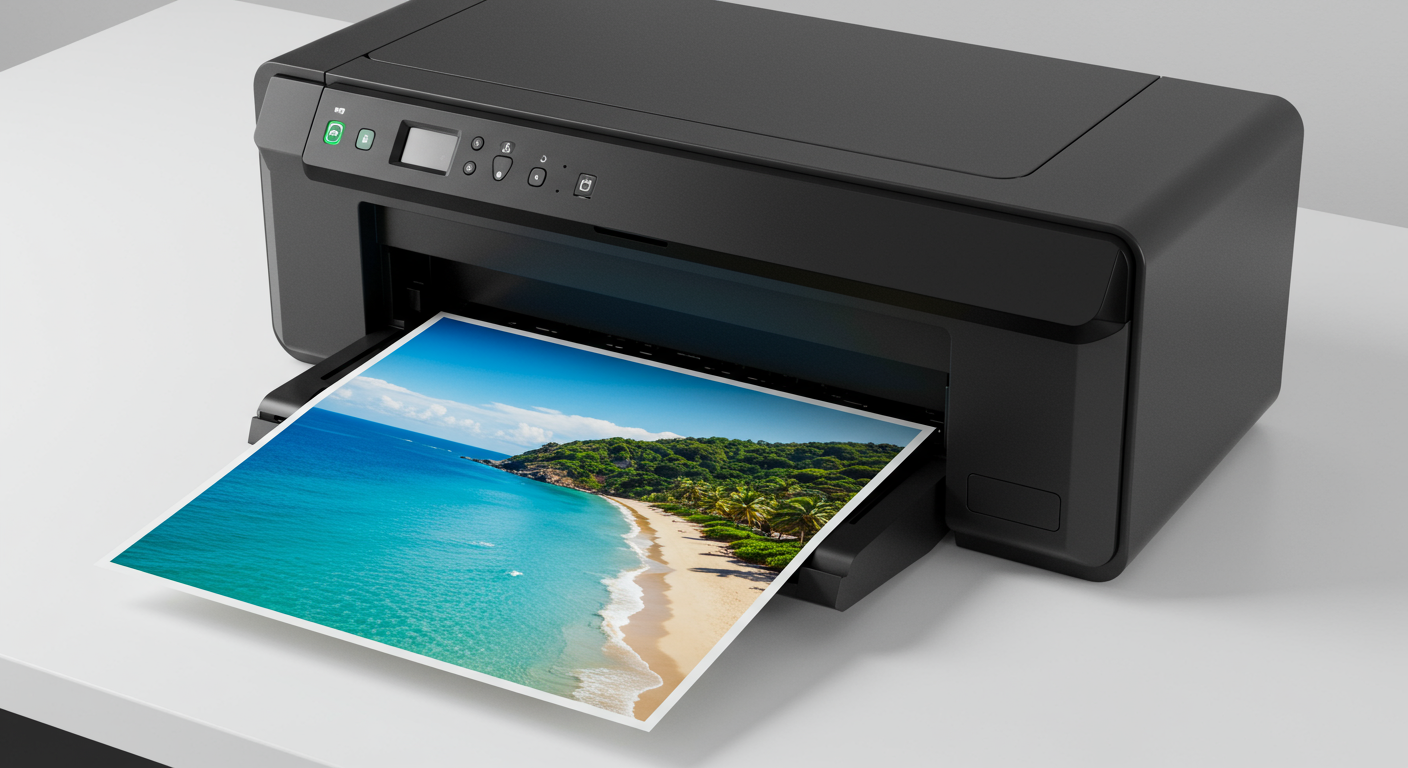Now Reading: The Ultimate Backpack Guide: Choosing the Perfect Pack for Your Adventures
- 01
The Ultimate Backpack Guide: Choosing the Perfect Pack for Your Adventures
The Ultimate Backpack Guide: Choosing the Perfect Pack for Your Adventures

Introduction: Why Choosing the Right Backpack Matters
The humble backpack: a companion on countless journeys, a steadfast carrier of essentials, and a silent partner in adventure. But a backpack is more than just a bag. It’s an extension of yourself, a tool that can either enhance or hinder your experiences. Choosing the right backpack can make all the difference between a comfortable and enjoyable trip and a painful, frustrating one.
Whether you’re scaling mountains, navigating bustling city streets, heading to school, or simply going to the gym, the perfect backpack is an investment in your comfort, organization, and overall well-being. This guide will walk you through the key considerations for selecting the ideal pack for your specific needs.
Types of Backpacks: Finding the Right Fit for Your Needs
The world of backpacks is vast and varied, with options designed for every conceivable activity. Understanding the different types is crucial to making an informed decision. Here are some of the most common types:
- Hiking Backpacks: Designed for multi-day treks, these backpacks prioritize carrying heavy loads comfortably. They typically feature internal frames, padded hip belts, and multiple compartments for organizing gear. Look for features like adjustable torso lengths and load lifter straps.
- Travel Backpacks: A hybrid between a hiking backpack and a suitcase, travel backpacks are designed for international travel. They often have suitcase-style openings, hidden shoulder straps, and theft-prevention features.
- Daypacks: Smaller and lighter than hiking backpacks, daypacks are ideal for day hikes, city exploration, and everyday carry. They typically have a single main compartment and a few smaller pockets.
- School Backpacks: Designed to carry textbooks, notebooks, and other school supplies, these backpacks emphasize organization and durability. Look for padded laptop compartments and ergonomic shoulder straps.
- Laptop Backpacks: Specifically designed to protect laptops, these backpacks feature padded compartments and additional pockets for accessories like chargers and mice. They’re ideal for students and professionals.
- Tactical Backpacks: Rugged and durable, tactical backpacks are designed for military, law enforcement, and outdoor enthusiasts. They often feature MOLLE webbing for attaching accessories and are made from water-resistant materials.
- Hydration Backpacks: Lightweight and designed to carry water bladders, hydration backpacks are ideal for running, cycling, and hiking.
Key Features to Consider When Choosing a Backpack
Beyond the type of backpack, several key features can significantly impact your comfort and satisfaction. Consider these factors:
- Size and Capacity: Backpack capacity is measured in liters. Choose a size that matches the length and type of your trips. A daypack might be 20-30 liters, while a multi-day hiking backpack could be 50-75 liters or more.
- Fit and Comfort: A properly fitted backpack should distribute weight evenly across your hips and shoulders. Look for adjustable torso lengths, padded shoulder straps, and hip belts. Try on the backpack with weight inside to get a true feel for its comfort.
- Materials and Durability: Backpacks are typically made from nylon or polyester. Look for durable fabrics with high denier ratings (e.g., 600D polyester) for increased resistance to wear and tear. Water-resistant coatings are also a plus.
- Organization and Compartments: Consider how many compartments and pockets you need to organize your gear. Look for features like laptop sleeves, water bottle pockets, and internal organizers.
- Weight: A lighter backpack will reduce the overall burden on your body. Pay attention to the empty weight of the backpack, especially if you plan on carrying heavy loads.
- Ventilation: A ventilated back panel can help reduce sweating and improve comfort, especially in warm weather. Look for features like mesh panels and airflow channels.
- Water Resistance: While not all backpacks are waterproof, water-resistant coatings can protect your gear from light rain and splashes. Consider a rain cover for heavier downpours.
No products found.
Backpack Care and Maintenance: Extending the Life of Your Pack
Once you’ve invested in a quality backpack, proper care and maintenance are essential to extend its lifespan. Here are some tips:
- Empty and Clean Your Backpack Regularly: Remove all items after each trip and shake out any dirt or debris. Wipe down the interior and exterior with a damp cloth.
- Wash Your Backpack When Needed: Follow the manufacturer’s instructions for washing your backpack. Most backpacks can be hand-washed with mild soap and water. Avoid using harsh detergents or bleach.
- Store Your Backpack Properly: Store your backpack in a cool, dry place away from direct sunlight. Avoid storing it in damp or humid environments.
- Repair Minor Damage Promptly: Repair any tears, rips, or broken zippers as soon as possible to prevent further damage.
- Protect Your Backpack from the Elements: Use a rain cover to protect your backpack from heavy rain. Consider using a backpack protector when traveling by air or train.
The Future of Backpacks: Sustainability and Innovation
The backpack industry is constantly evolving, with a growing focus on sustainability and innovation. Manufacturers are increasingly using recycled materials and developing more eco-friendly production processes. We’re also seeing advancements in backpack technology, such as integrated solar panels, smart fabrics, and improved ergonomic designs.
As consumers become more conscious of their environmental impact, we can expect to see even greater emphasis on sustainable backpacks in the future. Choosing a backpack made from recycled materials or supporting companies committed to ethical manufacturing practices is a step towards a more sustainable future for the outdoor industry.
No products found.













